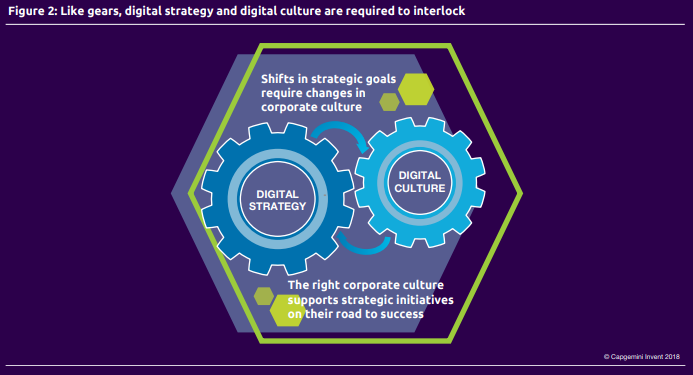DX Culture & Effectiveness
The digital transformation has changed familiar structures and sped up processes. Special skills are needed to keep pace with these developments. For this reason, companies and higher education institutions (HEIs) must develop and transfer these skills, as well as establish structures and processes, in order to create a 'digital culture'.
Such a culture can develop as a result of joint actions that support digital transformation and thus lead to the (further) development of cultural and political discussions about the effectiveness and measurability of digitalisation. The digital culture can also develop where joint strategic planning occurs, and where these plans allow projects and processes that have proven their worth to be sustainably maintained, so that other actors can also benefits from them in the future. Effectiveness and measurability play highly important roles in building and maintaining a digital culture.
Measuring the effectiveness of digitalisation projects
In addition to a clear digitalisation strategy, the new performance agreements and the results cited in the intellectual capital statements from the respective HEIs, topics such as impact analysis are becoming increasingly important. These tools can be used to measure, present, and analyse impacts and generally assess success in terms of achieving the mission. This also serves as an important lever to connect the research and teaching missions with the third mission of the HEI.
Christian Grünhaus and Olivia Rauscher from the Vienna University of Economics and Business provide an example of this. They illustrate this connection in a short video and introduce a good tool that can be used to develop a model:
The impact analysis explained by Christian Grünhaus & Olivia Rauscher.
Decision-makers must also answer question: What exactly does digitalisation ‘maturity’ mean and how it can be measured? Innovation management serves as an important ‘green light’ for many digitalisation maturity levels. This encompasses the entire process from coming up with the idea to establishing projects and initiatives that support the development of digital culture. Supporting the development of change competencies as a personnel development measure represents a key to this. The following graphic illustrates this clearly and simply:

Another example that appears at the strategic management level is the participatory innovation model MARKETPLACE. As part of this practically oriented research project led by the ISDS at TU Graz, supporting structural formats such as a dartboard system and a university canvas were developed to link innovation and strategy in ways that could be measured.
Sustainability and Corporate Digital Responsibility
In addition to the question of the effectiveness of digitalisation offensives, how to ensure their sustainability in the sense of the UN Sustainability Goals (SDG) is another critical consideration that influences everyday university life. The term Corporate Digital Responsibility (CDR) is also increasingly used in digitalisation strategies. Corporate Digital Responsibility (CDR) refers to the responsibility that businesses have to the digital society.
The term indicates that businesses make a voluntary commitment to using sustainable business practices that take into account the social and economic changes that occur as a result of digitalisation.
We have provided the links on the left-hand side so that you can learn more about the topics mentioned here. Additional links will be provided in the current newsletter or shared in practice-based networking events organised by the DUH.